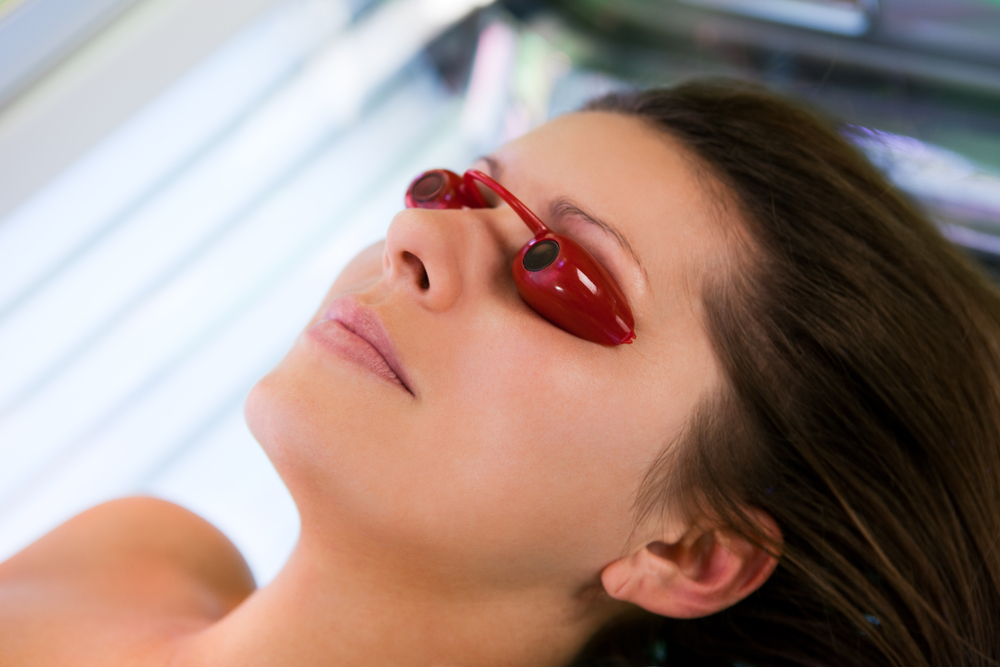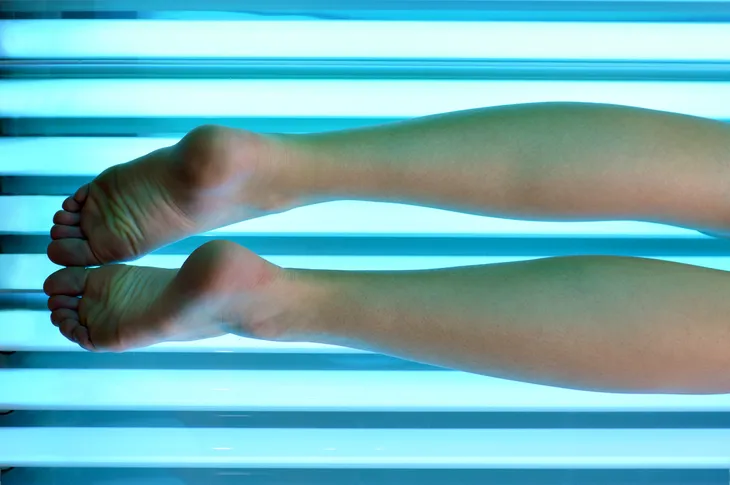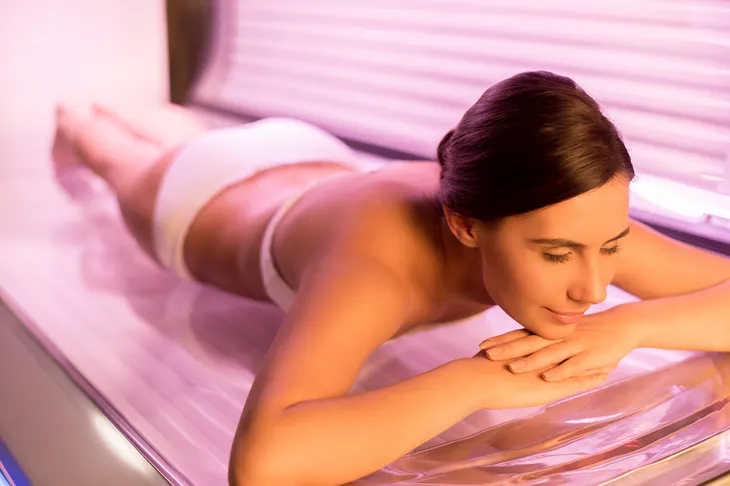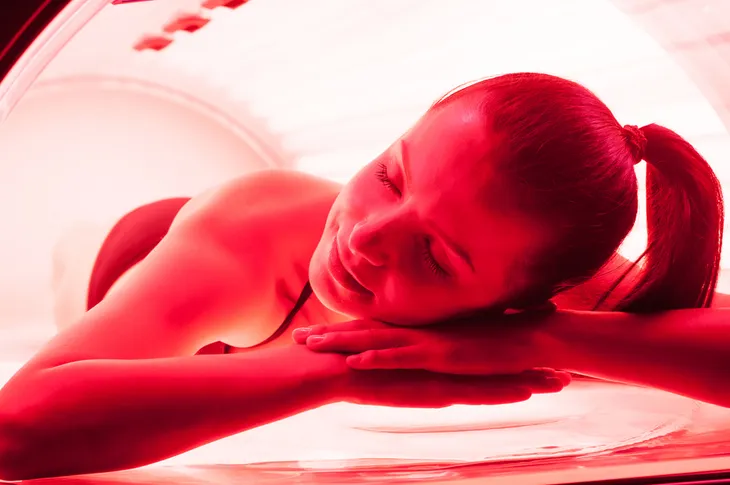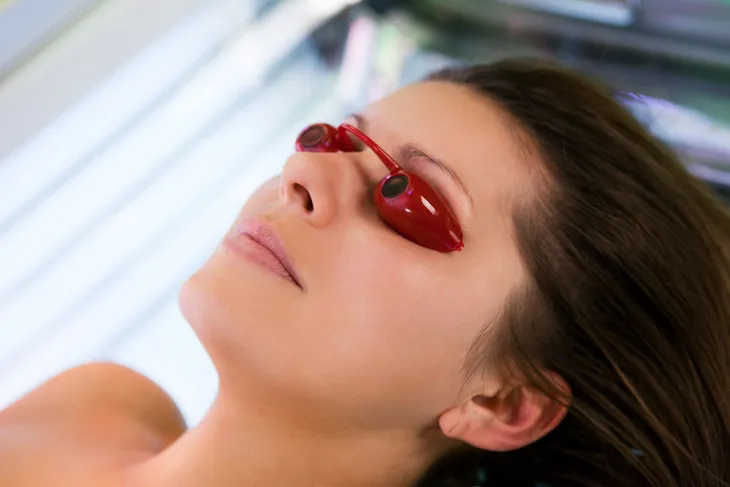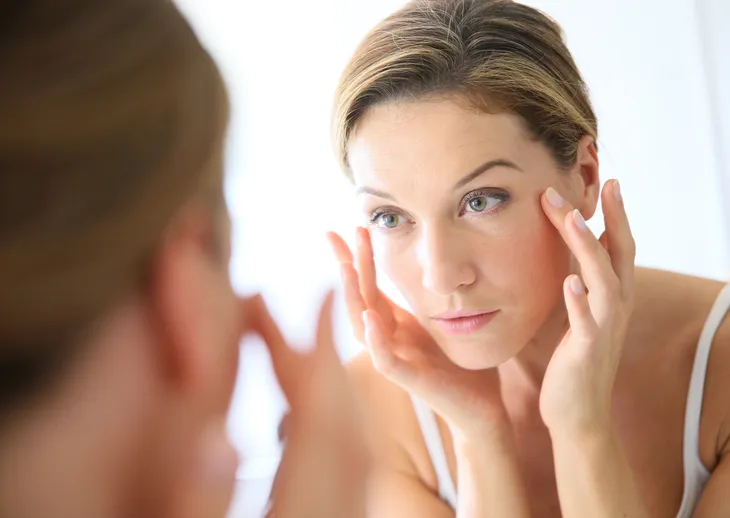If you haven’t gone indoor tanning before, odds are you know several people who have. It’s common for people to go tanning regularly, whether it’s to get a head start on a summer tan or prep for a winter vacation.
Regardless of the reason for tanning, the dangers are very serious and very real. Indoor tanning might be trendy, but people pay a hefty price for baking in indoor tanning beds. It can cause premature wrinkling and even skin cancer. Thus, the risks are simply not worth it.
Ahead of your next appointment, take heed to these eight need-to-know facts about indoor tanning…
Increased Risk of Skin Cancer
The scariest result of indoor tanning is that it can cause skin cancer in three types—melanoma, basal cell carcinoma, and squamous cell carcinoma. Not all of these cancers are deadly, but each one has damaging effects on the body. Plus, all three have been directly connected to indoor tanning. According to the Skin Cancer Foundation, the use of tanning beds is linked to more than 419,000 cases of skin cancer each year in the U.S. And if you consider smoking bad for your health, the Foundation also states that more people develop skin cancer from tanning than they do lung cancer from smoking.
Each indoor tanning session increases the risk of developing skin cancer. Melanoma is the most dangerous and deadly form of skin cancer, but also the most rare of the three cancers from tanning. Basal cell carcinoma is the most common and can be very disfiguring—it develops in the form of a growth or lesion and will grow if left untreated. Regardless of the type of skin cancer, indoor tanning is a huge health risk that can easily be avoided.
UV Rays Are Just as Dangerous
The sun’s ultraviolet (UV) rays are a serious danger to your skin and indoor tanning rays are many times more intense than natural UV rays. This is because indoor tanning equipment uses a highly concentrated amount of UV, which is the reason you tan so quickly in a short amount of time after exposure in a tanning bed.
Still a Risk of Burning
There’s no such thing as a safe tan. Any tanning is a sign of sun damage.
There’s a common misconception that going indoor tanning a few times to get a base tan before a vacation or to prepare for summer will prevent a future burn. However, this is far from the truth. All that you’re doing in a tanning bed is putting your skin and body at more risk of damage now and down the road.
Although you may prefer the look of tanned skin, this cosmetic change does more than meets the eye—when your skin tans, it’s the result of skin damage. It’s your body’s reaction to being injured and damaged by the UV rays. So while you may think it looks good and you want to keep your body tanned year-round, be aware of the fact that you’re harming your skin and rethink your decision. Spray on tans or tanning lotions are a great and effective way to keep that healthy glow all year.
Age Matters
You’d think the multiple dangers of indoor tanning would effectively deter people from doing it, but sadly it doesn’t. Though the risks mentioned are already bad enough, they’re even worse for young adults and adolescents. According to the Center for Disease Control and Prevention (CDC), the younger you are when you tan, the higher your risk of developing melanoma. A surprising amount of teenagers regularly indoor tan, but many states and provinces in North America have now made it illegal for a minor to use a tanning salon without parental permission.
The reason this age group has such an increased risk of serious damage and cancers is because their skin isn’t fully developed and is therefore more sensitive. It’s also because tanning even just one time can increase your risk of skin cancer, so starting younger inevitably affects the risk. The good news is, more and more places in North America (and other countries) are banning minors from indoor tanning. Since adolescents and young adults are at a higher health risk, these bans help control at least one group of people from using them and potentially developing cancer.
No Need to Burn to Damage Skin
Unfortunately, another misconception about tanning beds is that if you don’t burn, you won’t get skin cancer or suffer other damage from doing so, but this isn’t true. Simply tanning will still increase your risk of serious damage. Why? Because a tan is your skin’s way of reacting to being damaged, whether it’s the envied golden brown or the painful red, blistering burn. That’s why even people who don’t burn easily or at all should still wear sunscreen and avoid indoor tanning.
That said, skin color does impact the level of risk people have in damaging their skin and developing skin cancer. Those with fair, sensitive skin are at a higher risk than those with naturally dark skin, but everyone is at some level of risk when their skin is unprotected and exposed to UV rays. It’s easy to ignore warnings about indoor tanning—especially if you don’t get burned—because you aren’t going to see or feel the damage right away. But there’s no doubt the damage will be done.
Serious Potential Eye Damage
It’s vital that when you use indoor tanning equipment you protect your eyes properly by using speciality goggles. These goggles are made to specifically withstand the direct and excessive UV rays during indoor tanning. UV rays are a known and recognized human carcinogen. According to the American Academy of Ophthalmology, indoor tanning equipment can produce UV rays 100 times what you could get from being out in the sun. They also said damage can be done to the structure of the eyes and eyelids.
Cataracts and cancer in the eyes are two serious results of UV damage. A lot of people who go indoor tanning go frequently, so their risk of eye and skin damage continues to climb as they subject their bodies to high levels of UV rays. It’s interesting to consider that people recognize the importance of protecting their eyes from the harmful rays during indoor tanning, but not their body. The best way to protect yourself from is to avoid tanning indoors and lather on the sunscreen when your skin is exposed to the sun.
Premature Skin Aging
Many people go indoor tanning because of vain reasons (they think they look better, that it improves their beauty). Yet what’s somewhat ironic is that doing so will noticeably damage and prematurely age their skin, something they’re not likely to find attractive. When skin is exposed to UV rays without protection and in high, concentrated amounts from visits to the tanning salon, it will wrinkle, sag, and change texture much earlier in life, and you may develop age spots and rough patches.
Aside from plastic surgery to cover it up, the damage caused by UV rays can’t be undone. Every time you leave your skin unprotected and exposed to these harmful rays, damage will occur—it will accumulate and build over time, and result in irreparable and unavoidable long-term damage. Everyone should pay attention to changes on their skin, and if you go or used to go tanning or didn’t wear sunscreen while outside, it’s even more important to look out for rough spots or scaling that could be a sign of precancerous cells.
Not a Good Source for Vitamin D
Most of us don’t get enough vitamin D, even those who spend adequate time outside and even those who tan! Furthermore, the risk of skin cancer is just not worth it. The best way to get vitamin D is through food and supplements.
Vitamin D is a nutrient that’s integral in bone health by helping with the absorption of calcium, strengthening bones from doing so. When the body has the right amount of vitamin d, it can also help in other areas, including improving muscle function and ensuring the immune system stays strong and works properly. You can get vitamin D from many different foods, as well as the sun. But it’s not safe to keep your skin exposed to UV rays without sunscreen, so you shouldn’t depend on the sun or any indoor tanning equipment to get your vitamin D.
With the amount of people developing skin cancer each year and the increase in cases over the last few decades, you won’t find health professionals encouraging indoor tanning. The few potential benefits of tanning beds are nowhere close to outweighing the serious, life-changing, and sometimes fatal medical problems as a result of them. The American Academy of Dermatology Association goes so far as to support a complete ban of the production and sale of indoor tanning equipment.
